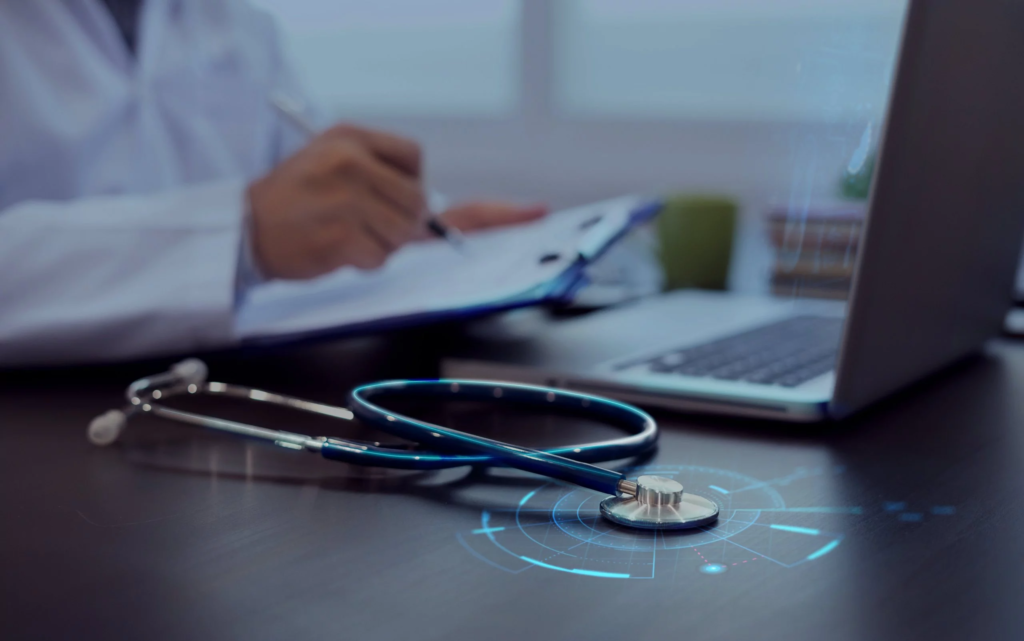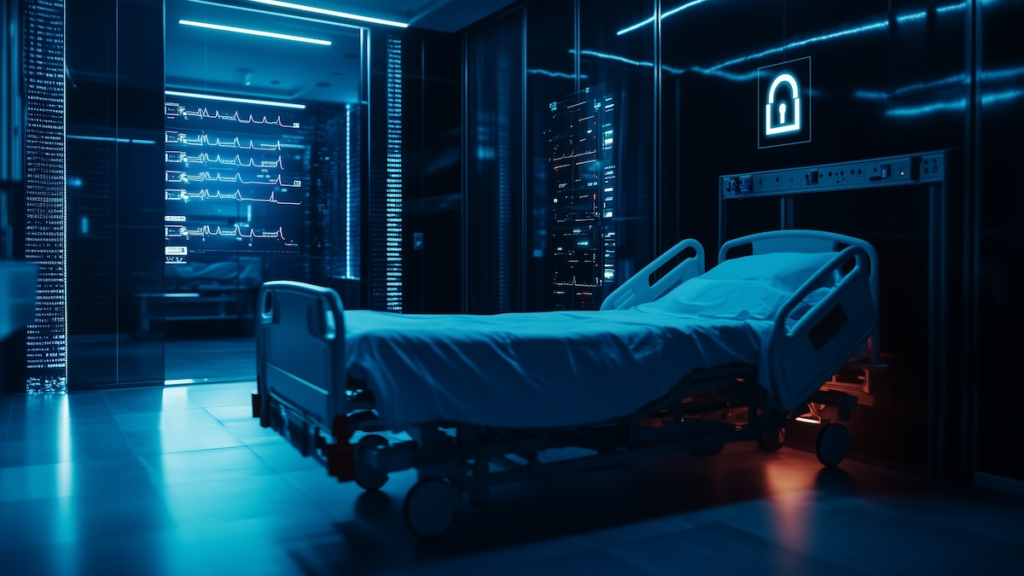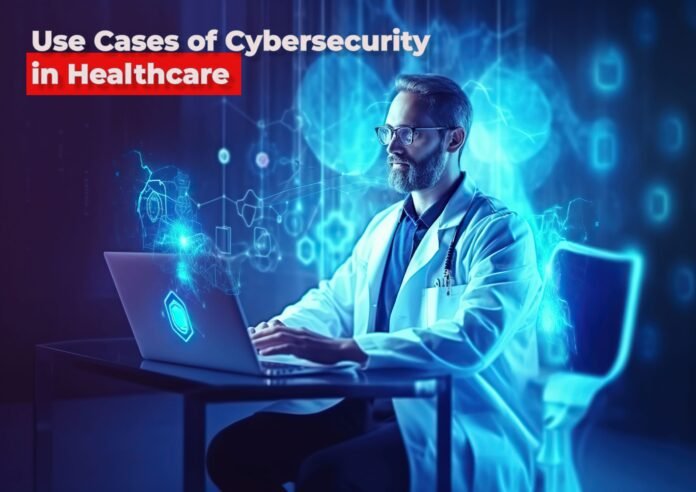Indeed, as healthcare hurriedly digitizes, patient care experience changes: efficiency improves, accessibility expands, and pretty much every aspect of service gets a shot in the arm toward enhancement. Unfortunately, the modern day has proven to the benefits of technology in improving patient care increasing the cyber security in healthcare threats against institutions with the large quantities of sensitive data on individual patients they harbor and manage.
Key Cyber Security Challenges in Healthcare
1. Data Breaches and Unauthorized Access
With a lot of sensitive personal and medical information stored electronically, healthcare organizations attract cybercriminals. This opens the door for identity theft, insurance fraud, or selling of medical data in the black market when patient records are accessed without authorization. Inadequate access control mechanisms expose these records to further threats.
2. Ransomware and Malware Attacks
Consequently, ransomware attack rates have skyrocketed in recent years, with hackers encrypting critical healthcare data and demanding ransom payments. Malware infections can disrupt the smooth running of a hospital, delay patient care, and compromise the integrity of medical devices connected to the networks.
3. Insider Threats
Inevitably, internal agents threaten an organization as not every cyber threat comes from the outside. Employees often–through negligence or otherwise–tend to have access to patient data and use it to click on invalid and phishing links, misuse and share user credentials, or perform malicious acts that threaten data integrity and security.
4. IoT and Medical Device Vulnerabilities
An increase in the penetration of Internet of Things (IoT) devices into health care, including connected pacemakers, infusion pumps, and wearable health trackers, has posed additional security challenges. Many medical devices are not equipped with adequate security safeguards and therefore remain susceptible to cyberattacks that can alter their functionalities or even compromise patient data.
5. Compliance and Regulatory Challenges
Healthcare organizations in the US and Europe have much to deal with when conforming to standards such as the Health Insurance Portability and Accountability Act (HIPAA) and the General Data Protection Regulation (GDPR). These are not mere guidelines; gross violations could cause reputational damage and lead to hefty fines and lawsuits. Yet, compliance with voluminous rules-hurdles is not an easy task for many institutions, especially while keeping healthy, robust security practices.

Solutions to Enhance Cyber Security in Healthcare
1. Implementing Strong Access Controls
The healthcare sector institutions should implement rigid access control policies limiting unauthorized entry into sensitive data. Multi-factor authentication (MFA), role-based access control (RBAC), and biometric authentication can improve security because authorized personnel alone can access critical information.
2. Enhancing Network Security
The firewall, intrusion detection and prevention system (IDPS), and network segmentation can protect healthcare networks from outside threats. Specifically, routine security audits and penetration testing will be used to identify vulnerabilities that can be exploited by an attacker.
3. Employee Training and Awareness Programs
One of these major risks is human error regarding cybersecurity. Therefore, holding regular training sessions on cybersecurity for the healthcare staff would enable them to be aware of phishing, social engineering attempts, and the best practices for securely handling patient data.
4. Securing IoT and Medical Devices
Healthcare organizations must maintain a strict configuration management and security protocol for their IoT devices, which includes regular firmware updates, encrypted communications, and constant monitoring of unusual activity. Maintaining physical or logical isolation of medical devices from the broader IT networks and segmenting the networks would help lessen the overall risk of cyberattacks.
5. Regular Data Backups and Incident Response Planning
Thus, to minimize the damage caused by ransom and other cyber crimes, health organizations should have automated and encrypted data backups. A clear incident response plan will ensure that hospitals and clinics can recover from cyber incidents with minimal disruption of patient care.
6. Compliance and Risk Management
Risk assessments on a continuous basis and updates of policies constitute an essential part of the compliance process. This can then enable appointing a Chief Information Security Officer (CISO) and a cybersecurity team to help the institution with compliance and risk management.

Conclusion
Cybersecurity poses a serious threat to preventable operational impediments, and health care systems must thus adopt an approach that is proactive and layered. To remain one step ahead of the current wave of evolution. The healthcare systems must invest in fool-proof security measures, and remain compliant with the law of the land. Only when a full-fledged protection mechanism is set in place will a healthcare organization be able to work towards securing patient data, maintaining faith, and performing commercial or medical undertakings without interruption.
At Jazz Cyber Shield, we know how critical cybersecurity is to the healthcare industry. By keeping abreast of the latest threats and best practices.



